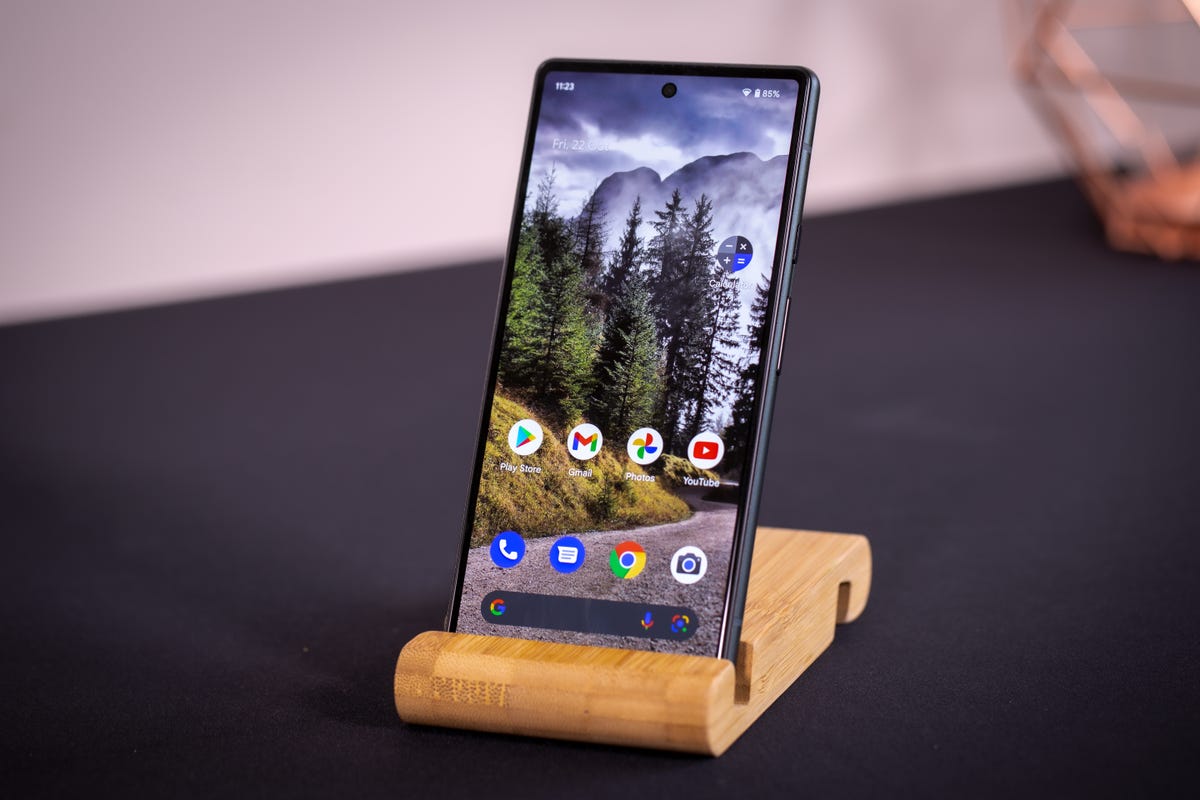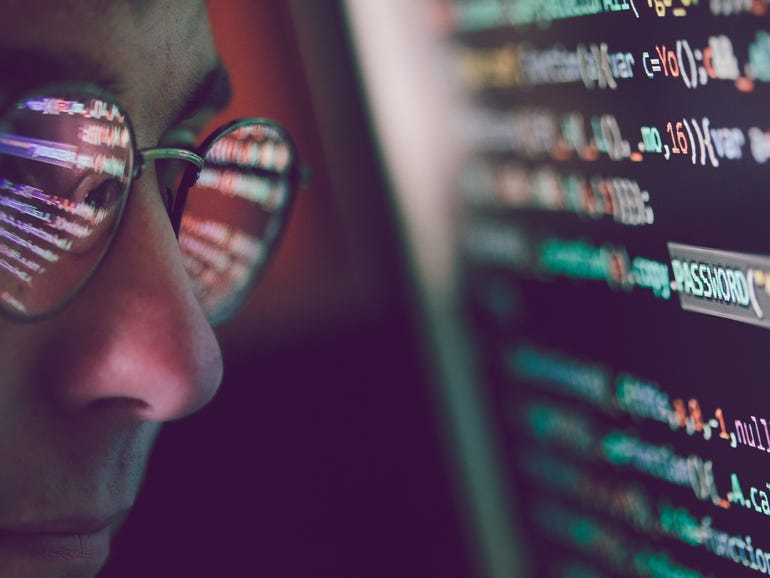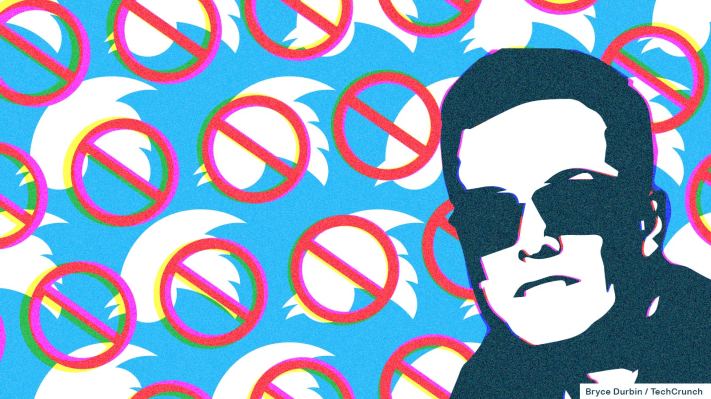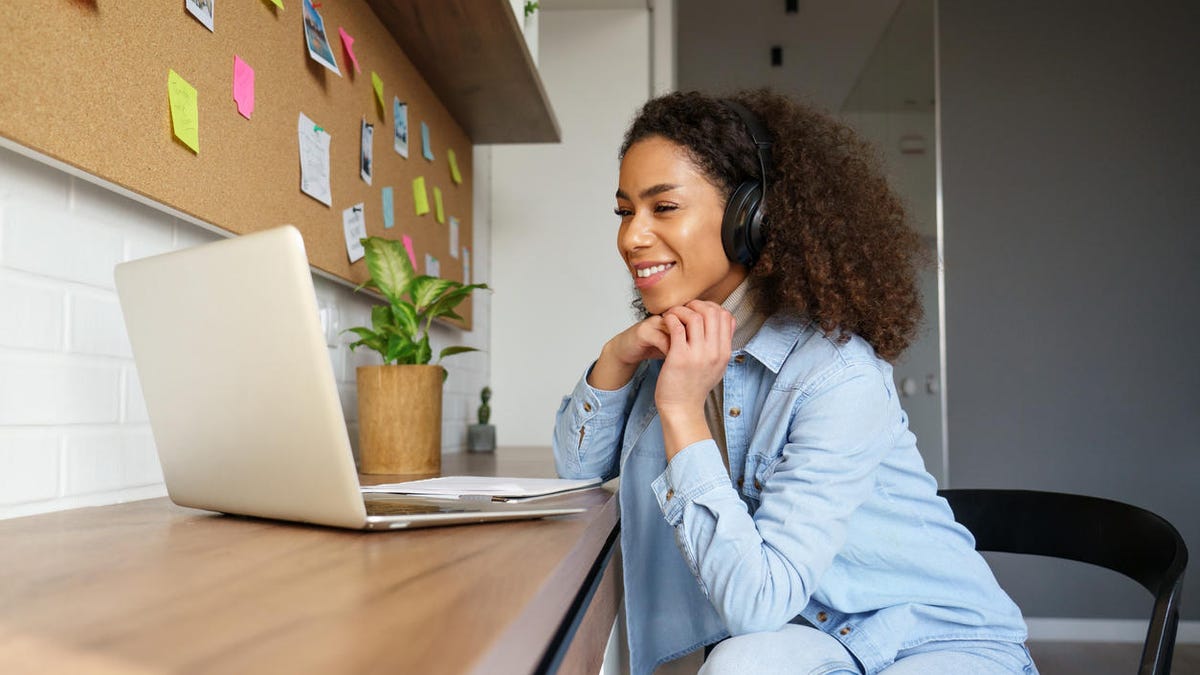Pixel 6: Why I replaced my iPhone with Google’s newest Android phone

Image: Sebaztian Barns / ZDNet
When you use the same hardware and software for long enough, you overlook the shortcomings you’re constantly working around.
Avoiding this sort of technological tunnel vision is one reason I regularly switch between Android and iOS for my primary mobile device. Earlier in 2021, I realized I had been using an iPhone for nearly two years (with a fairly recent iPhone 12 upgrade) and was overdue for a check-in with the latest Android device.
Google’s introduction of two new Pixel phones in mid-October was the perfect excuse to switch back. I pre-ordered my Pixel 6, in Stormy Black (to be honest, it looks gray to me) with 256 GB of storage. After a few minor hiccups with shipping (Google was apparently overwhelmed by demand), I received it on October 30 and have been using it as my primary mobile device ever since.
This isn’t the first Pixel I’ve owned. With one early Pixel model, I spent weeks navigating Google support, eventually reaching the upper ranks. I wound up getting a full refund for that device after they were unable to resolve a particularly gnarly networking bug.
My colleague Jason Perlow had a singularly negative experience with his Pixel 6, calling it a “device support experience from hell.”
Given that background and my less-than-stellar experiences with those older devices, I was dutifully skeptical about this one. So I was pleasantly surprised to discover that the Pixel 6 is well built and has performed without any issues since the day I unboxed it.
In fact, it’s such a pleasure to use that I’ve decided to keep using it as my primary mobile device for at least a year.
I did not expect Google to assemble a combination of hardware and software that is, arguably, better than Apple’s flagship phones. Consider these six examples of features that just work better on the Pixel 6 than on iPhone.
USB Type-C
We’re nearly a quarter of the way through the 21st century, and yet Apple is still sticking with its proprietary Lightning connector technology.
Wait, let me take that back. Apple is stubbornly staying with that aging connector on the iPhone, even as it has adopted the more modern, exquisitely interoperable USB Type-C connector on every other product in its line. iPad? USB-C. MacBook Pro? USB-C. Even the MagSafe chargers for Apple Watch and AirPods are USB-C.
But not the iPhone.
Anyway, I love the fact that the Pixel 6 powers up and connects to external devices using a standard USB Type-C connection. That means when I leave home, I can bring a single charger and a single cable to charge my Pixel 6, iPad Pro, a laptop, and a pair of headphones — without having to remember that one extra Lightning cable that works with a single device.
Also: Pixel 6 vs. iPhone 12: Which phone is more secure?
A great camera and photo editing tools
I chose the smaller Pixel 6 rather than the Pixel 6 Pro because the Pro is just too big. As a result, I didn’t get the periscope telephoto lens on the bigger, more expensive model. But the Pixel 6 takes absolutely delightful photos with a minimum of fussing, even in difficult environments like a concert hall, and it’s especially good in low-light environments.
The real killer feature is in the Pixel Photos editing software, however, where the Magic Eraser does a remarkable job of removing distracting people or objects from a photo and smoothing over the background. It makes a great demo, but it also gets the job done quickly and efficiently.
The customizable Android user experience
Apple finally has support for widgets, which makes the iPhone user experience a bit less claustrophobic than it used to be. But using Android 12 on the Pixel 6, I can do a few things that Apple simply won’t allow. One of the most useful tricks is the ability to pin shortcuts to the home page. I use this feature all the time for quick access to OneNote pages and to activate saved scenes for our Philips Hue lighting with a single tap.
And then there’s the option to replace the launcher completely. I think Google’s done a reasonably good job with the Pixel Launcher, but after giving that app a fair shake, I’ve switched to the Microsoft Launcher. It’s better organized, and I prefer the widget-based feed (the page that appears when you swipe right) to Google’s news feed.
Bedtime Mode
One of my favorite features from the late, lamented Windows Phone era was the Glance Screen, which had a night mode that showed the current time in a dim reddish font. In that configuration, I kept the phone at my bedside and always knew at a glance what time it was if I woke up in the middle of the night.
Bedtime Mode, once a Pixel-only feature but now available on all Android devices, does something similar. I’ve set it up to kick in when the phone is charging during my normal sleeping hours. It switches on Do Not Disturb and changes the display to grayscale while leaving the clock visible. Just the way I like it.
Five years’ worth of updates
One of Apple’s big advantages through the years has been its absolute control of iOS updates. By contrast, Android phones have suffered because updates are often at the mercy of carriers who lose interest in keeping phones up to date for more than a year or two.
With the Pixel 6, Google has guaranteed that Android version updates will be available until at least October 2024 (three years after the hardware shipped), with security updates available for at least five years, until October 2026. That’s a major improvement over previous devices, which only promised security updates for a total of three years.
The price is right
The Pixel 6 is a no-doubt-about-it flagship phone, but it doesn’t come with a lofty price tag. My phone, with 256 GB of storage, cost $699. That’s $200 less than the similarly configured iPhone 13, and Google threw in a pair of Pixel Buds (A-Series) as part of the deal.



